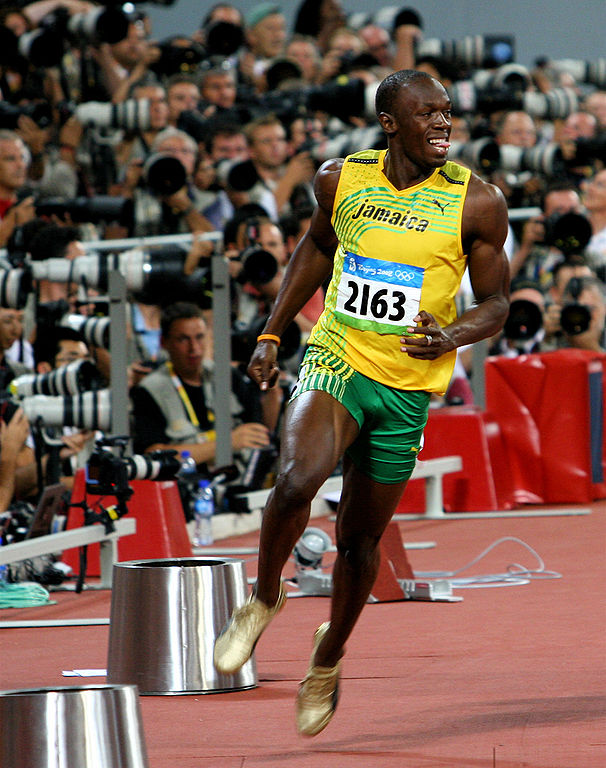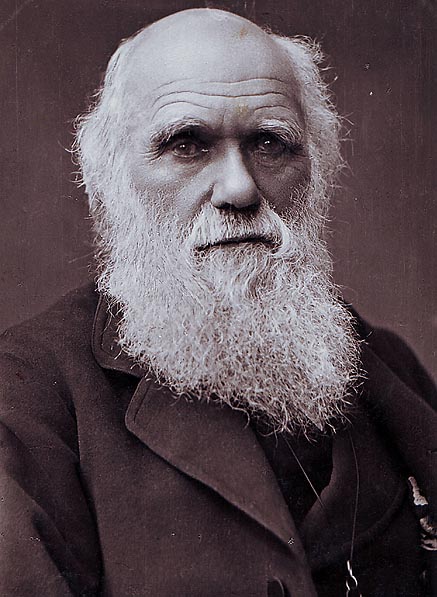Evgeny Morozov has a new review of Jaron Lanier’s You Are Not a Gadget, and he spends a fair bit talking about Wikipedia, the touchstone for how the Internet is changing culture. (Wikipedia researcher Ed Chi offered to review it for the Signpost, but Knopf publicity has so far ignored my every attempt to request a review copy.) As I understand it, the book is in part an extension of Lanier’s Wikipedia-centered 2006 essay “Digital Maoism: The Hazards of the New Online Collectivism“. I haven’t read the book, but I trust Morozov’s assessment. His central point is this:
Technology has penetrated our lives so deeply and so quickly that the only way to make sense of what is happening today requires not only drinking from the anecdotal fire hose that is Twitter, but also being able to contextualise these anecdotes in broader social, historical and cultural settings. But that’s not the kind of analysis that is spitting out of Silicon Valley blogs.
So who should be doing all of this thinking? Unfortunately, Lanier only tells us who should not be doing it: “Technology criticism should not be left to the Luddites”. Statements like this establish Lanier’s own bona fides – as a Silicon Valley maverick unafraid to confront the cyber-utopian establishment from the inside – but they fail to articulate any kind of vision for how to improve our way of discussing technology and its increasingly massive impact on society.
Morozov says that our understanding of the legal dimensions of the Internet have been elucidated by the likes of Zittrain, Lessig and Benkler. But humanist and social scientists, he says, have let us down in their duty to explore the cultural dimensions of the rise of the networked society, by either ignoring it or relying “obscure post-structuralist terms” that occlude whatever insights they might or might not have.
The overall point, that the academy hasn’t done enough to make itself relevant to ongoing techno-cultural changes, is right on target. But I think Morozov’s glib dismissal of work in media studies, sociology, anthropology, etc., is unfair to both the main ideas of post-structuralism and the writing skills of the better scholars who do work on technology and culture (Henry Jenkins and Jason Mittell come to mind, but I’m sure there are plenty of others). Lanier’s epithet of “digital Maoism” is crude red-baiting; I’m not sure whether Morozov’s jargon jibe is red-baiting (post-structuralism being the province of the so-called academic left), he genuinely doesn’t think much of how humanists have analyzed the Internet, or he is just being contrary.
Post-structuralism is complicated (and I don’t pretend to be an expert) but what’s relevant in this context, I think, is (as the Wikipedia article obtusely puts it) the idea of “the signifier and signified as inseparable but not united; meaning itself inheres to the play of difference.” Put another way, culture (that is, a work of culture) is valuable in whatever ways culture (that is, a culture, a group of people) values it; what matters is not the work itself (and its inherent or intended meaning) but the relationship between a work an its audience. Related to this is a value judgment about what kinds of culture are better or more worthy of attention: “writerly” works that leave more opportunity for an audience to create its own meanings vs. “readerly” works that are less flexible and open to reinterpretation. The relevance of these ideas for the Internet’s effects on culture should be obvious: audiences now have ways collaborating in the creation of new meanings and the reinterpretation of cultural works, and can often interact not only with authors work, but with the authors themselves (thereby influencing later works).
So when Lanier sneers at ‘silly videos’ and Morozov complains that Lessig doesn’t address “whether the shift to the remix culture as a primary form of cultural production would be good for society”, I can’t help but see it as the crux of a straw man argument. You would have us give up our current system that creates such wonderful culture (left helpfully unspecified, since there’s no accounting for taste) in exchange for remixed YouTube tripe? But humanists are starting to place more value in the capital intensive products of the culture industry precisely because of the way that audiences can remix them and reuse them and create meanings from them.
- Recommended reading: “Sites of participation: Wiki fandom and the case of Lostpedia” by Jason Mittell

 For the last week, I’ve been exchanging emails with curators at the
For the last week, I’ve been exchanging emails with curators at the